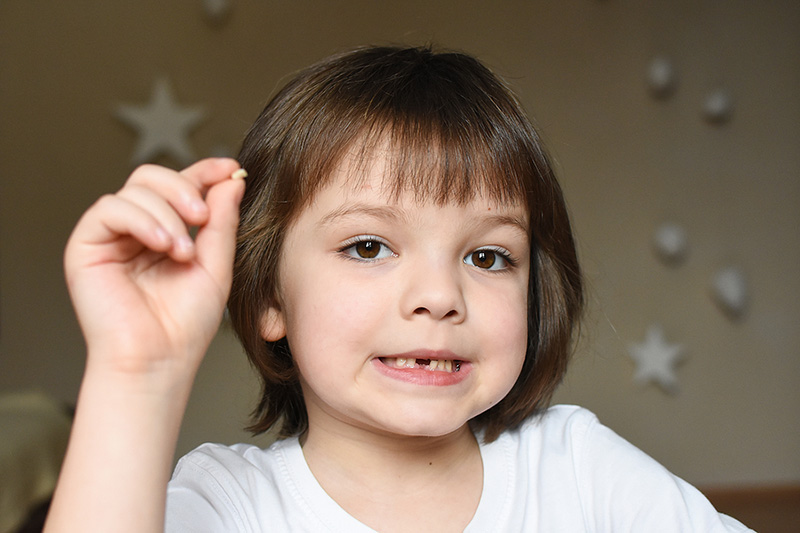
When children lose their baby teeth, it’s momentous for both child & parent. Most families have a ritual for those lost teeth, the most well-known being the Tooth Fairy. But what happens to the tooth next? While the child might believe the Tooth Fairy keeps it safe, parents can choose whether to keep them or not. Here are some reasons why parents keep those teeth.
Stem Cells
Stem cells are cells that can regenerate themselves, & they’re already used in dental procedures like bone & gum grafts as well as gum disease treatment & root canals. In those procedures, the cells are taken from the patient’s blood, but there’s now evidence that those stem cells may be taken from the pulp, or inside, of baby teeth.
Stem cell therapy is a growing field of research & has the potential to treat conditions in the future that we cannot treat now. However, for the stem cells in baby teeth to be viable for such uses, the tooth must be pulled before it falls out & it must be stored at a tissue bank.
If you can afford the initial fee & monthly storage fee & want a sort of insurance policy against future medical issues, storing baby teeth in a tissue bank can provide some peace of mind. However, be aware that there is some disagreement in the scientific community about the potential in stem cell treatment from baby teeth.
Memories
Parents keep a variety of things to remember their babies as they grow up. Just like parents keep special items like the hat & blanket from the hospital, foot & hand prints, a lock of hair from baby’s first haircut & various arts & crafts throughout the years, many choose to keep baby teeth as well.
While some parents put baby teeth in a nondescript box to rediscover years later, many others store them in themed keepsake boxes or a decorative frame that puts the teeth on display. You can even sew or glue the teeth onto a toy stuffed animal or monster for a more lasting impression.
Wearing Teeth
While this might feel like a strange or creepy way to keep teeth, incorporating them into jewelry or other accessories is not a new concept. People have been wearing teeth in jewelry since the Middle Ages, but Queen Victoria popularized the practice in the 19th century when she wore jewelry with teeth to mourn loved ones or to commemorate milestones. Her collection included a necklace made from stag’s teeth from her late husband, Prince Albert’s, hunting exploits & a piece holding the first baby tooth that her oldest daughter lost.
Jewelry that features teeth is easy to find online. You can even find sellers that will mount your child’s tooth into necklaces or other jewelry, or there are options to create replica teeth made of silver, gold or resin.
Whether you decide to dispose of your child’s baby teeth or get creative with them, it’s important to focus on keeping your child’s adult teeth in healthy condition so they keep them as long as possible.



